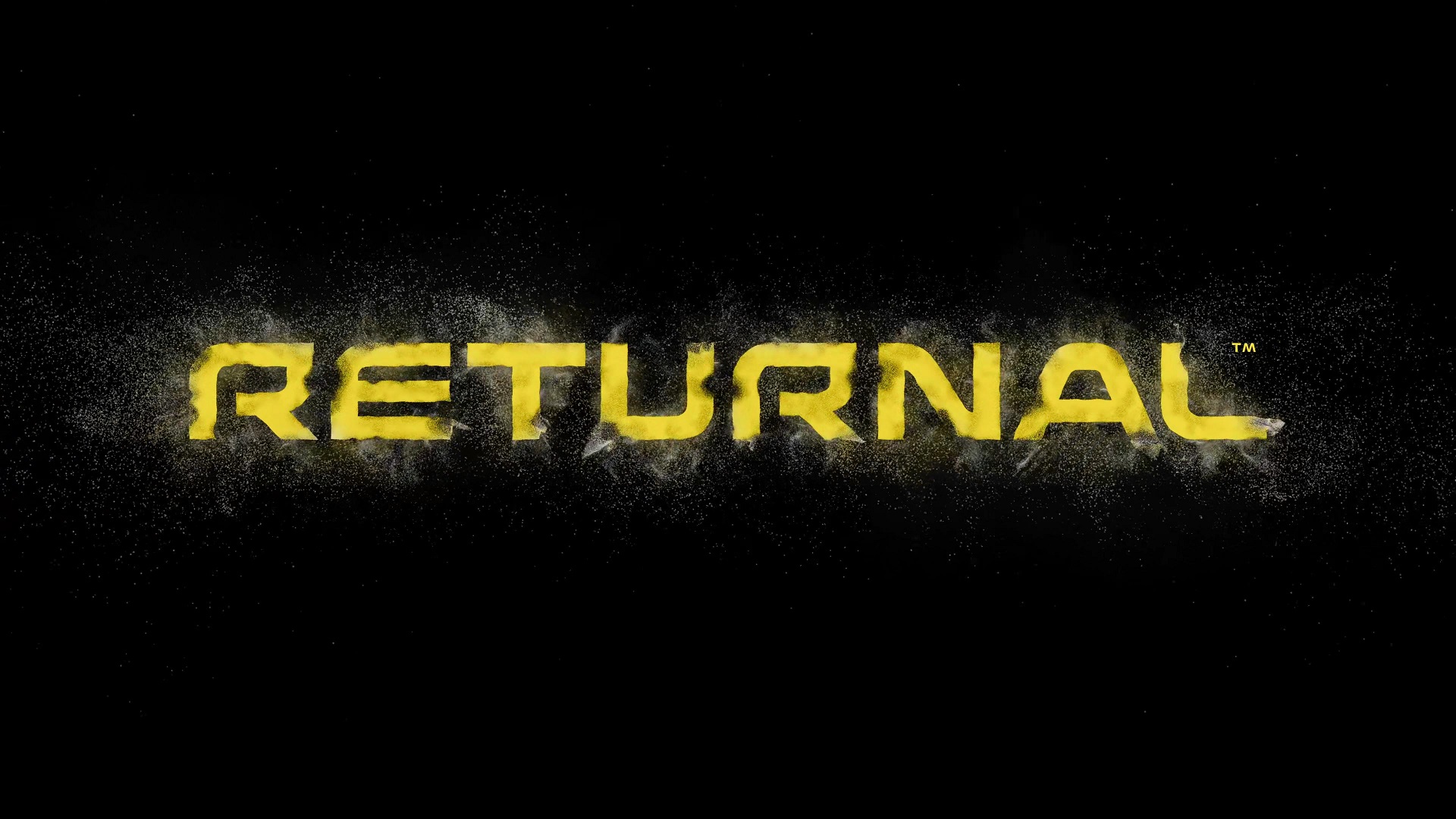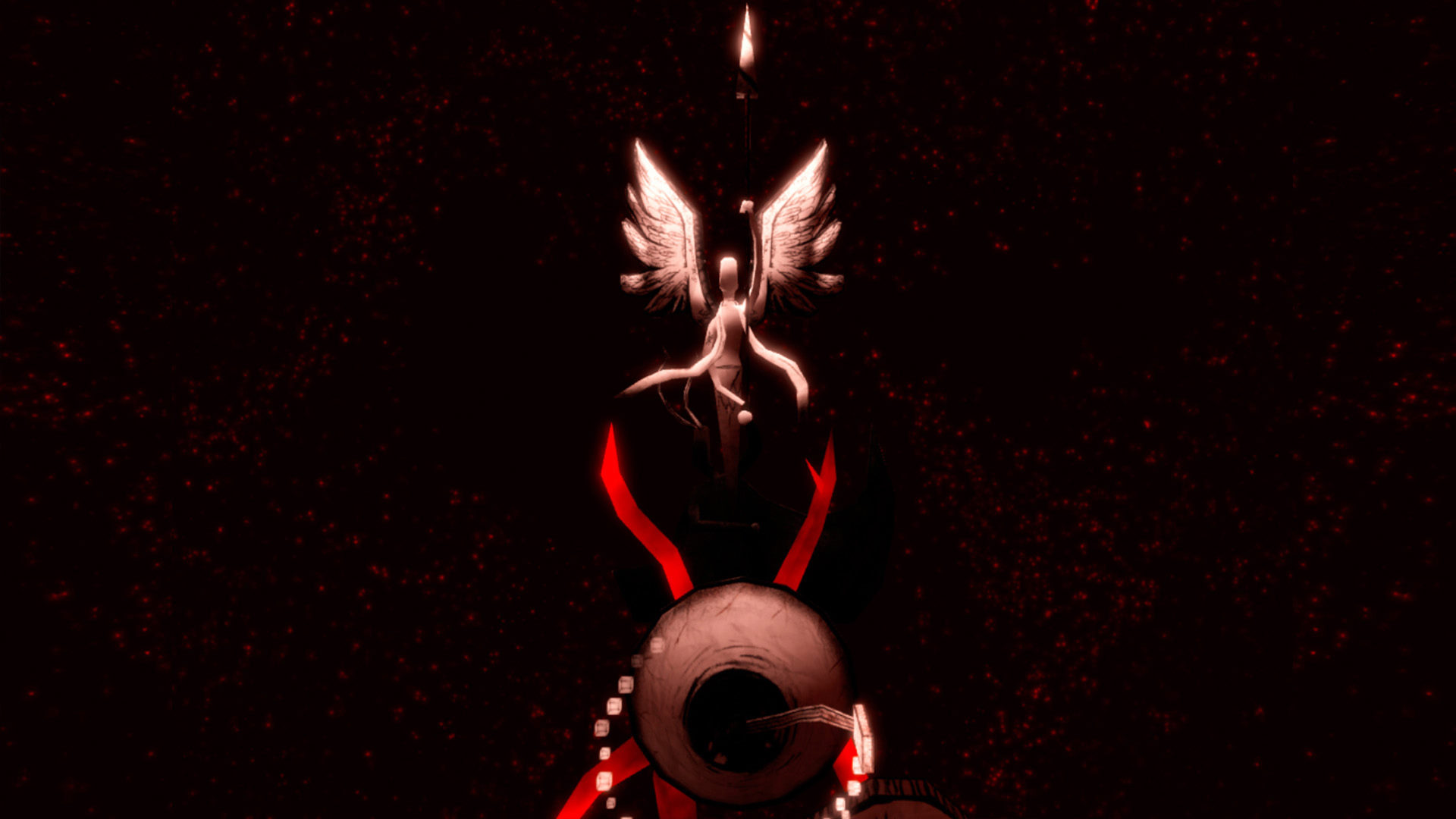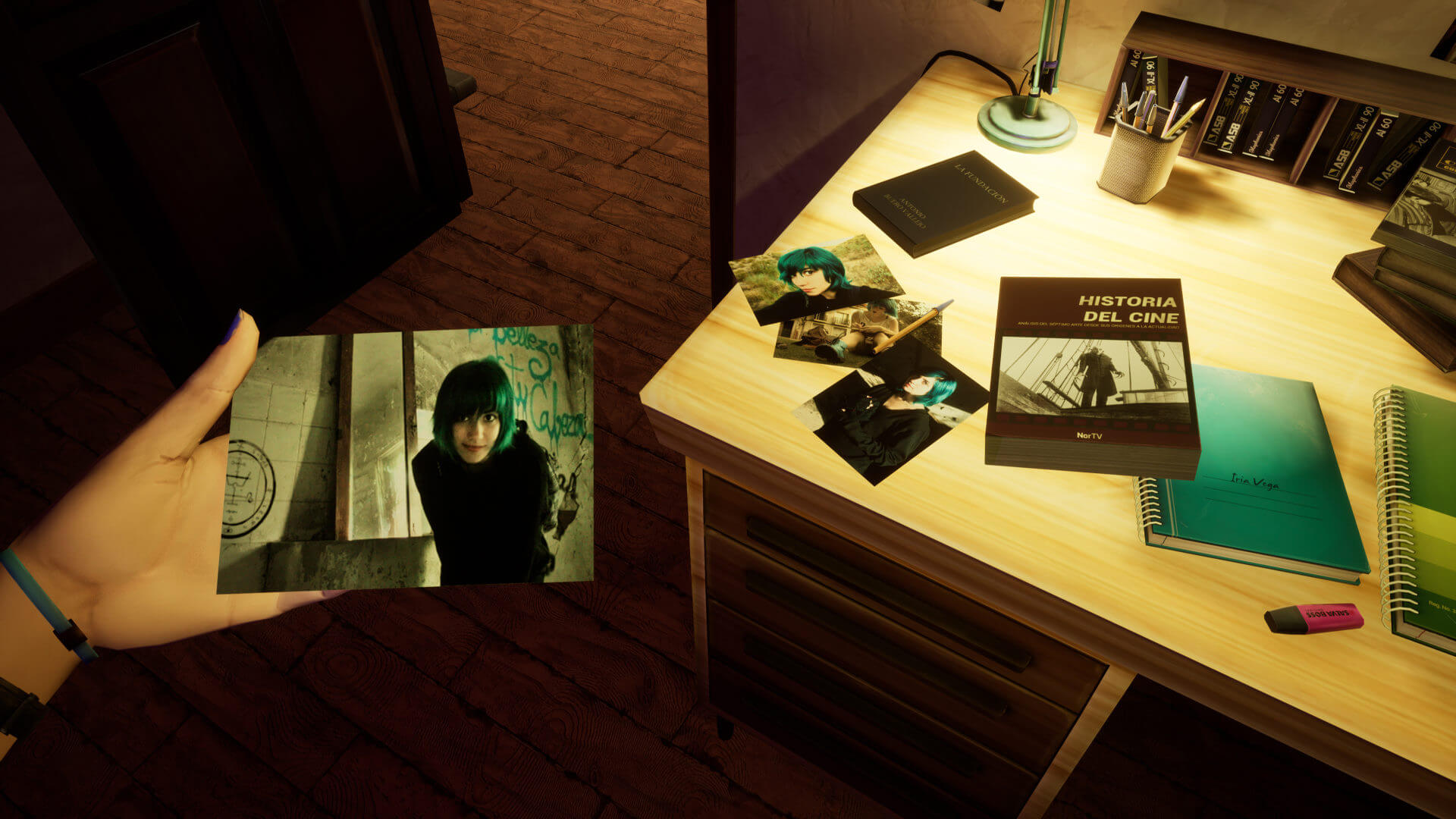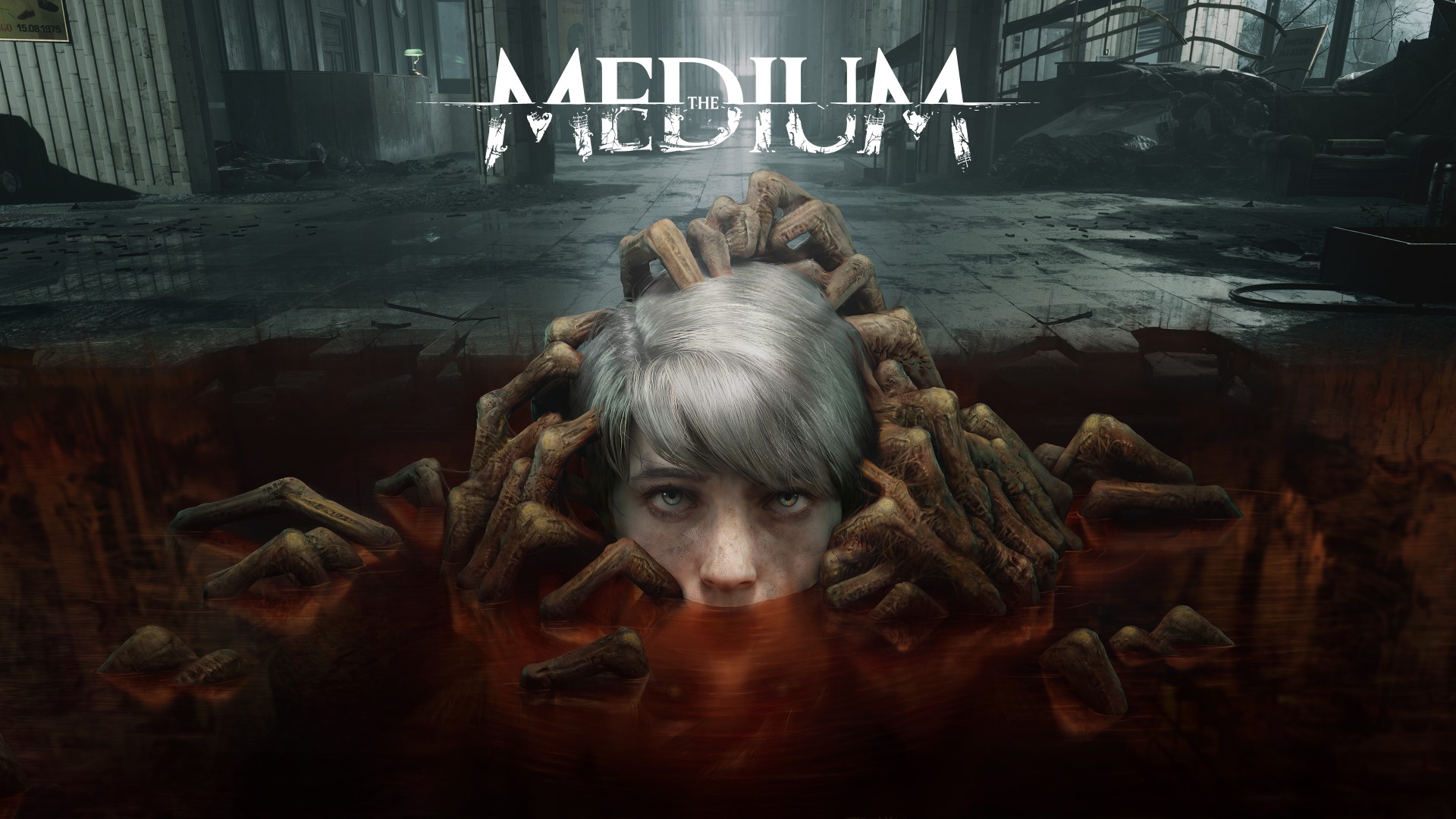
Returnal Review – Live, Shoot, Die, Repeat
Developed by Housemarque
Published by Sony Interactive Entertainment
Available on PlayStation 5
MSRP: $69.99
The main character of Returnal, an astronaut named Selene, is obsessed with uncovering the mystery behind a broadcast called White Shadow. In turn, I became obsessed with Returnal and wanting to uncover every mystery behind the third-person shooter/roguelike/SHMUP hybrid. It seemed to be the exact kind of game I was looking for, and it certainly shows off how cool the PlayStation 5 really can be. However, is it worth a full $70?
As I mentioned before, you play as Selene. She’s journeying to the alien planet of Atropos, against the orders of the company she works for, to discover the secret behind a signal called White Shadow that is broadcasting from the world. However, upon her arrival, she crashes. Her attempts to get to the signal fail as a monster kills her… and then Selene wakes up right after the crash, reliving this moment again and again and again, unable to escape from the planet until she can reach White Shadow and figure out what it’s broadcasting. Along the way, she’s stalked by memories of her past, and a mysterious astronaut wearing a classic Apollo spacesuit.

The mystery is interesting, and does enough to keep me involved in the character and setting between runs. There’s certainly a few great moments, and I found myself connected to Selene’s drama. The world of Atropos feels well fleshed out, and I could spend plenty of time learning more about it. The game encourages this even, by having you find alien language glyphs so you can translate pillars you find around the world.
As for actually playing the game, Returnal is a mix between a fast-paced third person shooter, a roguelike, and manages to dabble in some SHMUP elements just for fun. You begin each run at your crashed spaceship with little more than a pistol, and you’ll have to gather items along the way that will help you battle the monsters that stand between you and the signal. Die, and you lose almost everything and need to start over from the beginning, in a new environment with new items and monsters. It’s the classic formula that works, but instead plays more like a fast-paced third person shooter.
There’s a ton of mechanics that you’ll need to learn if you want any hope of surviving. You’ll get access to several guns that range from typical, like pistols, assault rifles, and shotguns, to a little out there, such as one particularly neat gun that laid down electric fences that damaged enemies overtime. Each gun comes equipped with a randomized alternative fire mode, and this is where things got really interesting. At one point I had a rocket launcher that also shot a spray of bouncing energy orbs like a shotgun. Another had me able to deploy an angry tentacle monster that would lash out at nearby enemies. It’s always cool finding new tools to use.

You need to be skilled as well, since one of the most important systems in the game is adrenaline. Every three kills you increase your adrenaline level, up to level five, which gives you some advantages. There’s one overwhelmingly obvious one, in that each level has you shooting homing lasers that deal extra damage. In addition, each level gives you a buff, like making reloading your gun easier, increasing the damage of your melee attacks, letting you see enemies through walls, and more. However, get hurt even once and your entire adrenaline level resets. A major gameplay element is keeping your adrenaline high and not letting it drop.
This works in conjunction with another important system: malfunctions. As you do your run you’ll find items that are marked as malignant. You can pick up these items like any other, but there’s a chance that they may cause your suit to malfunction. Should this happen you’re stuck with one of many debuffs, which can range from just making you do less damage to completely disabling your dash. You can remove these malfunctions, but that requires you to complete special tasks, such as killing enemies or collecting items.
There’s plenty of other systems as well, more so than I would ever have time to go over without this dragging on forever. Enemies have stagger bars that make them fall over, you can find parasites that give you buffs in exchange for debuffs, you can increase your max health by collecting healing items while at max health, there’s challenge rooms with unique tiny challenges that you can do for rewards. The more I played Returnal the more things I discovered, and the more reasons I wanted to come back and discover more.

It’s also worth noting that Returnal is really hard. While things certainly got better when I got patterns down, I died a lot. Partially, this is because there’s very few permanent upgrades that carry over between runs. You can unlock some (randomized) modifiers for guns, sometimes add new (randomized) items to your runs, and you get to keep a few important key items like the grappling hook, but for the most part each run of Returnal is almost entirely a clean slate.
Being a roguelike, this means eventually you have to meet and fight big bosses. Much to my surprise, I actually found the boss fights to be the easiest part of Returnal. Not that they weren’t cool, several of the game’s bosses seemed to be showcases of both technical and artistic achievements. One particularly memorable boss fight sees you endlessly falling, using your grapple to keep yourself in the air and dodge attacks while shooting at the boss. Another dive bombs the arena, creating shockwaves and bullet patterns. They’re great fights and I loved them, but most can be thwarted with the strategy of “strafe while shooting.”
I also just have to bring up the Earth house that shows up on your runs and is occasionally open for exploration. When you enter the home the game switches to first-person and, for a few moments, becomes a narrative horror experience. During these segments Selene will interact with objects in her home, all while being stalked by the aforementioned Apollo astronaut that may or may not be her mother. Each of these moments provides a breather from intense bullet dodging, but also gives a completely new and interesting reason to be afraid of Returnal. Everytime I saw the house was open for a new segment, I became extremely excited.

A special shoutout really needs to be given to how Returnal utilizes the DualSense controller for the PlayStation 5. The game uses the adaptive triggers by locking your aim trigger when you pull it halfway down. This way you stop there to aim, or put a little more pressure on the trigger to use the gun’s alt-fire. It took me a few seconds to grasp, but once I did I quickly found that I loved the system. It also uses the controller’s vibration to simulate things like rain and desert winds to shockingly accurate effect. It’s absolutely wonderful and I hope more game utilize these features.
This doesn’t mean the game doesn’t have problems though. While developer Housemarque said they’re going to change this, at the current time if the game shuts off for any reason then you lose the run. If you combine this with Returnal having a crashing problem, the result is that I’ve lost a few runs not because of my skill but because the game crashed and that’s that. I also lost one run because I accidentally shut the PlayStation 5 off instead of putting it in sleep mode like I intended. Since Returnal is a bit on the longer end for the genre, a run could last between 1.5 – 2 hours, losing because of a crash is devastating. It’s, by far, the worst part of a game I otherwise really enjoyed, and I’m happy to hear it won’t be a problem much longer.
At least it’s beautiful. The world of Atropos really does manage to look alien, with strange fauna that glows and reaches for you when you get close. One segment takes place in a desert, which is full of floating globs that may be water, but may just as easily be blood. One really great touch is the longer you spend in the desert areas, the dirtier your uniform gets, at least until the next time you step into the woods and it begins to rain again. Each monster has unique sounds that honestly made me wonder how Housemarque recorded some of it, and the soundtrack is intense and fits the moment to moment gameplay well.

Even with a few flaws, Returnal is a seriously fantastic game. I found myself constantly jumping back in for just one more run, the kind of thing that lets you know it’s doing exactly what a roguelike should be. While writing this review I even rewarded myself with getting to play another run for every paragraph I wrote. I feel like I’ll be dodging and shooting through the world of Atropos for some time to come, and I’m looking forward for every future update.




